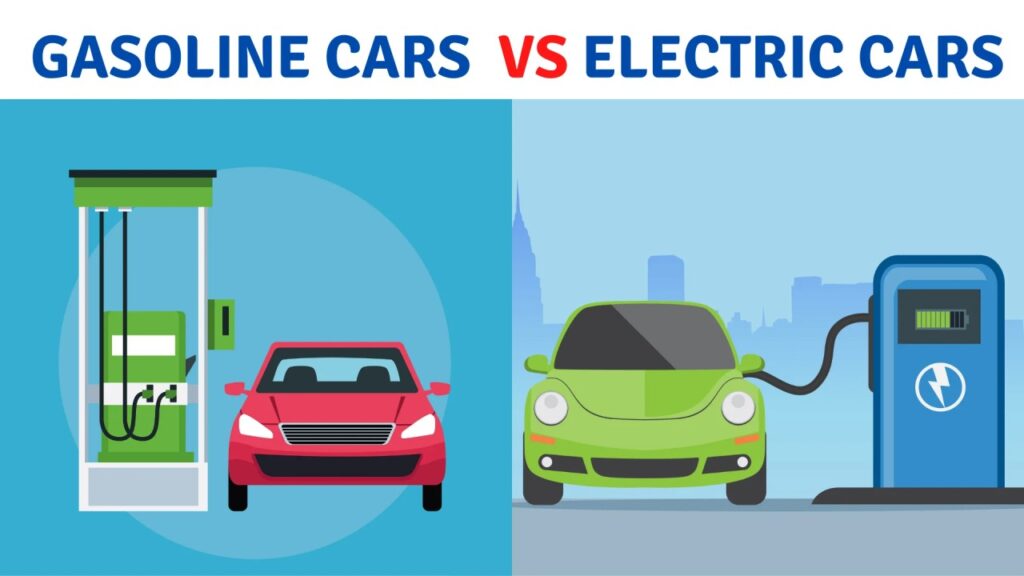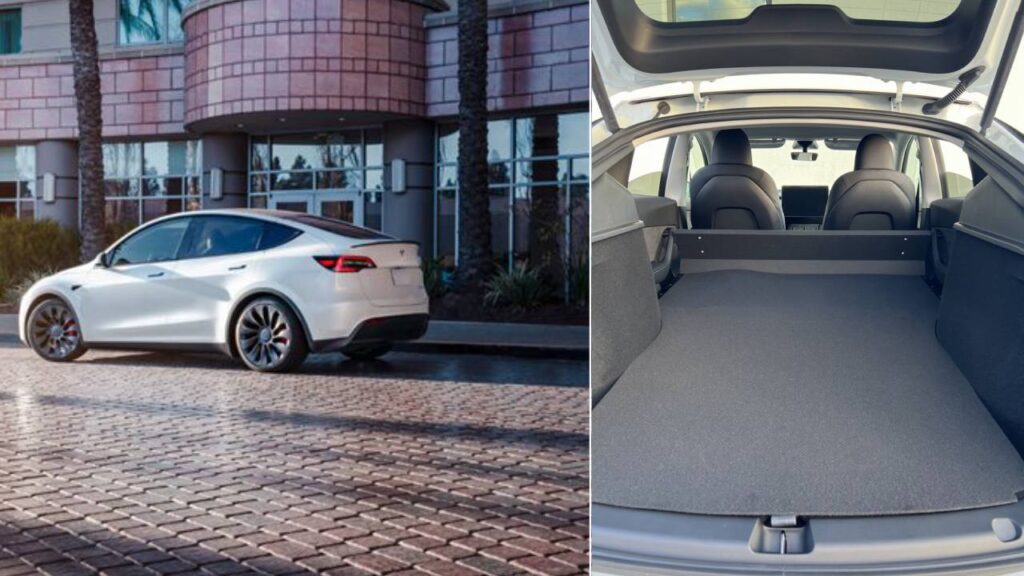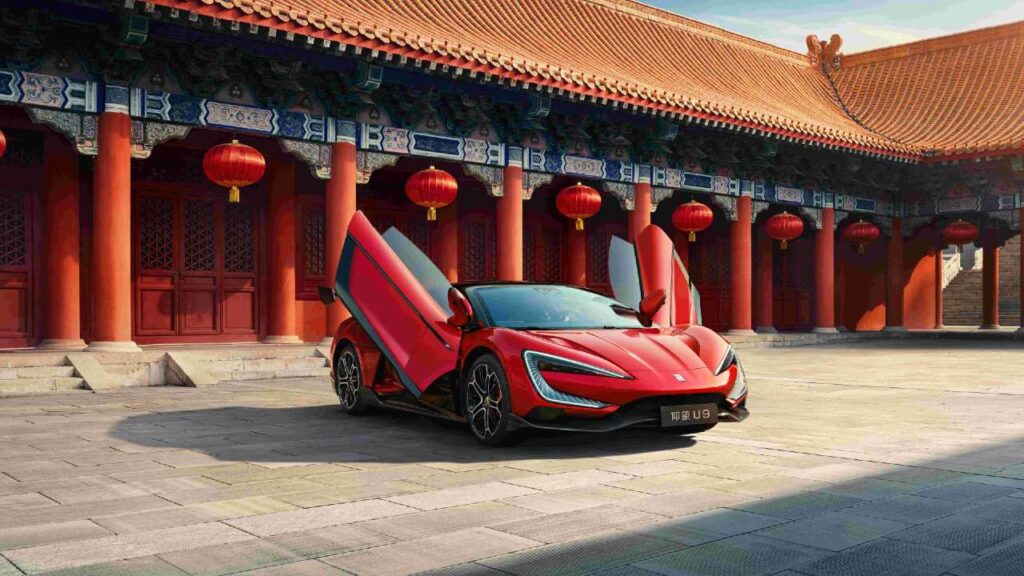EVs To Be Cheaper To Produce Than Gas Cars By 2027 – Study
An interesting study from Gartner reveals some insightful findings pertaining to the production of EVs and gas cars. A latest Gartner study reveals that it will be cheaper to produce EVs than gas cars by 2027. Now, EV sales are at an all-time high across the globe. It has been the case for a couple of years now. Even though some reports are suggesting that in some corners of the world, the demand has been lower than anticipated. Still, overall the sales are up. In fact, apart from the biggest markets like the USA and China, the demand is surging exponentially. This includes nations like Brazil, India, Thailand, Turkey, etc. You might also like: Next-Gen EV Batteries From Korean Giants To Be Unveiled At InterBattery 2024 EVs Will Be Cheaper To Produce Than Gas Cars The cost of EVs comprises primarily of batteries. These can be upto around 40% of the total cost of an electric car. While with time, the EV battery prices are going down, the manufacturing costs of the overall EVs are also slated to come down in the immediate future. This report says that its analysis was driven by “innovations that simplify production costs such as centralized vehicle architecture or the introduction of gigacastings that help reduce manufacturing cost and assembly time.” You must’ve heard about gigacastings and gigapresses in relation to Tesla. In fact, the latest Cybertruck is a direct outcome of that manufacturing technique. Many other legacy carmakers like Ford are also experimenting with it. Therefore, it is certain that the future of EV production will incorporate this technique. Gigapresses are able to churn out large single pieces of vehicle underbodies. This enables streamlining production and reduces the work of robots, in turn, boosting the efficiency of production. Pedro Pacheco, Vice President of Research at Gartner said, “This (the new technology) means BEVs will reach ICE cost parity much faster than initially expected, but at the same time, it will make some repairs of BEVs considerably costlier.” You might also like: 1,300 hp BYD YANGWANG U9 Is Ready To Redefine Electric Supercar Segment Downside Of Gigacastings While it is a modern method to improve production capacity and efficiency of manufacturing, it brings a pertinent issue along. In fact, even Gartner expects that the average cost of repairing an EV body and battery after a serious accident could rise 30% by 2027. Gartner stated that this could render vehicles involved in collisions more susceptible to being declared a total loss, as the repair expenses might exceed the residual value. The elevated costs associated with repairing electric vehicles are already a source of worry for prospective purchasers. Gartner warned that there might be a negative reaction from consumers if decreases in production expenses lead to elevated repair costs. Moreover, Gartner anticipates that approximately 15% of electric vehicle companies established since the previous decade will either be acquired or go bankrupt by 2027. These are some concerning findings by the market research firm. Pacheco mentioned, “This does not mean the EV sector is crumbling. It is simply entering a new phase where companies with the best products and services will win over the remaining.” You might also like: Study Shows EVs Can Be More Cost-Effective Than ICE Cars In Some Locations Learn Electric Cars Says Now these are some intriguing facets to the entire EV scenario. On the one hand, companies want to adopt modern techniques to boost production and efficiency of their manufacturing plants. On the other, the increase in repair costs could prove to be detrimental to the overall EV ownership experience for the customers. At this point in time, that could put off a lot of potential EV buyers. Therefore, while the cost of EV manufacturing could go down in the coming years, carmakers need to come up with innovative measures to ensure that customers don’t suffer from high ownership costs. Otherwise, what would be the point of low initial costs of EVs if the owners will then have to suffer due to high repair costs in the long run? Let us keep an eye out for further developments in this space. Image Source










